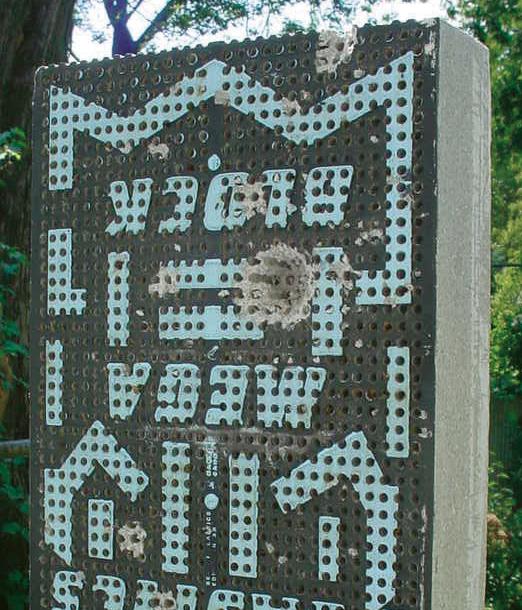
Birds of several species prey upon both adult and dormant bees. Starlings, robins, various swallows, summer tanagers, and the eastern kingbird have all been observed feeding upon newly emerged adult bees. Woodpeckers may also cause significant damage to both bee larvae and nest materials (Figure A.20). Once birds recognize bee nests as a source of food, they are difficult to deter.
Chicken wire of the largest available mesh will protect bee shelters from intrusion, but will also deter nesting bees. Metal mesh in particular tends to damage bee wings, and bees have difficulty navigating in and out of the mesh, especially when many bees are present. It should therefore only be used when absolutely necessary (after bird damage has occurred). When using chicken wire, the distance between the mesh and the nesting materials is critical to minimize problems. Ideally, the mesh should be no more than 3 to 4 inches (7.6 to 10 centimeters) from the surface of nest blocks. Closer placement does not protect against bird beaks, and further distances disrupt bee flight significantly.
Rodents such as chipmunks, mice, and squirrels cause similar problems. As with birds, nest shelters can be secured with mesh as necessary, and freestanding shelter legs can be coated with automotive grease or TanglefootTM. Care should also be taken to protect stored nest blocks from rodents. Styrofoam nests in particular are easily destroyed by mice, which are attracted to pollen provisions and dormant bees.
